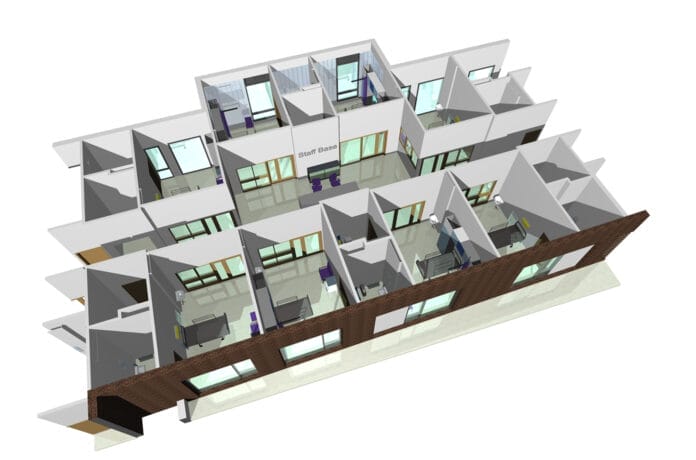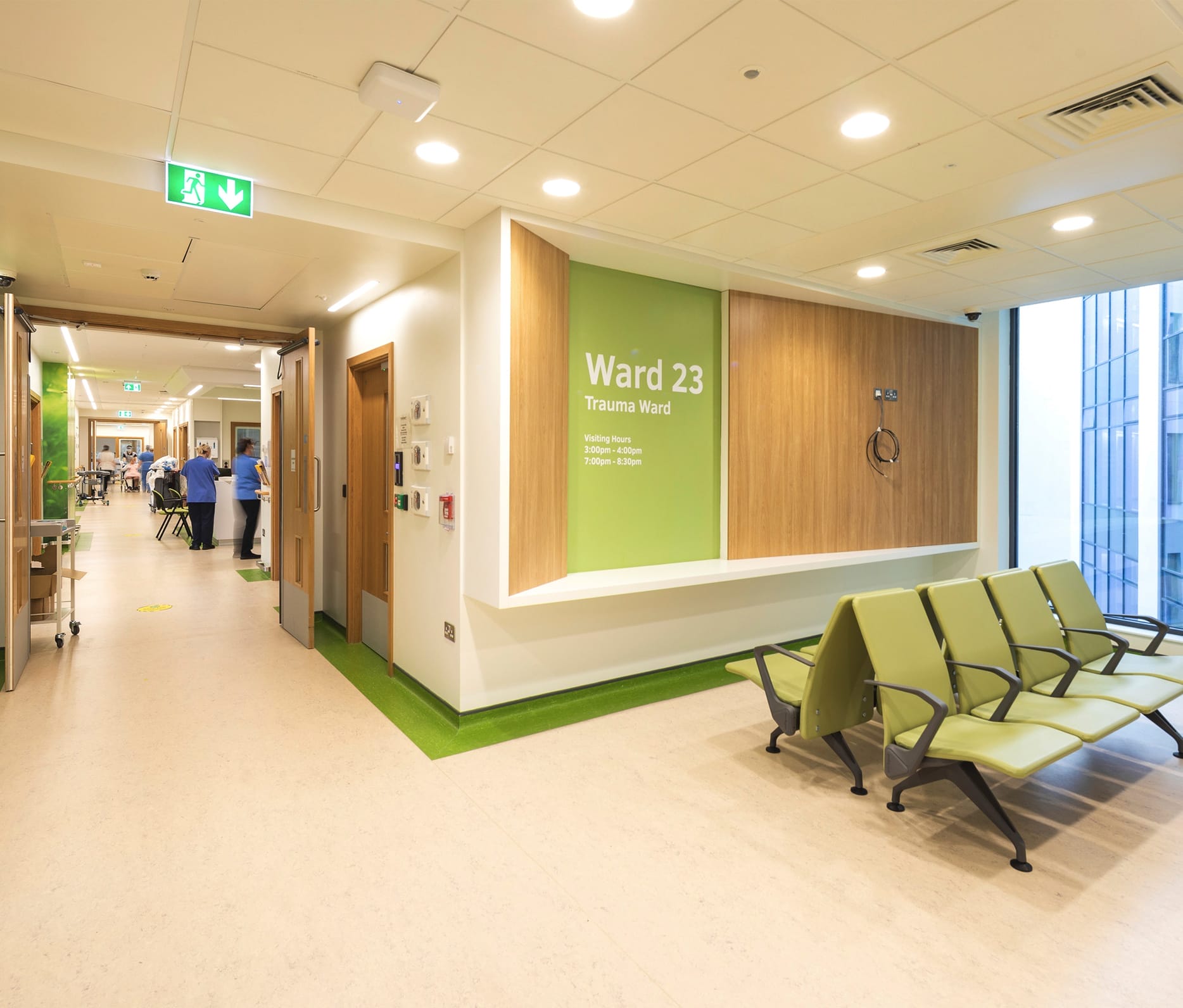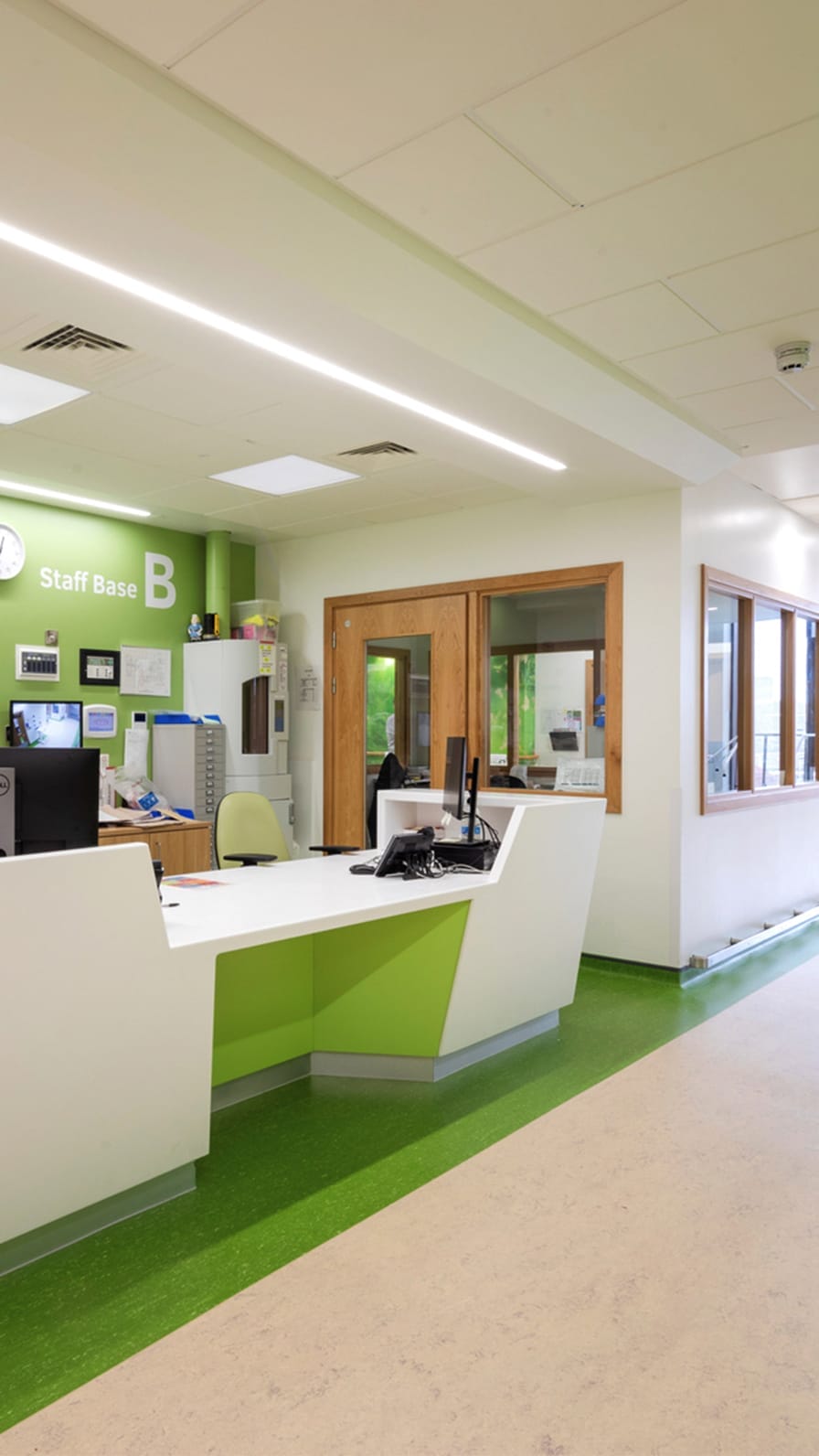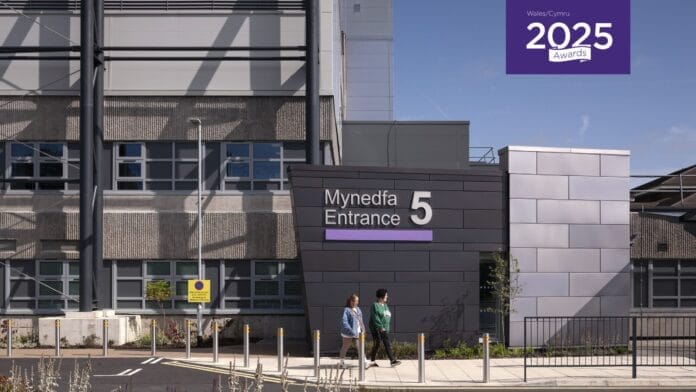When we picture a hospital, many of us conjure the same image: sterile corridors, impersonal wards, and an overwhelming sense of function over feeling. But as our healthcare challenges continue to become more complex, we must move beyond outdated perceptions and reimagine what hospitals could be?
We believe that good design has the power to enhance not only how hospitals operate, but how people experience them.
We believe that good design has the power to enhance not only how hospitals operate, but how people experience them. And one of the most promising ways to achieve this is by rethinking how inpatient wards are laid out.
For decades, ward design has changed very little. While single rooms have largely replaced traditional dormitory-style setups—offering more privacy and helping reduce infection risk—many of the layouts remain variations of the same few options. Typically, these focus on either patient visibility (for nurses) or access to natural light and views, but rarely both.

Our team challenged this trade-off while designing the new North Wing at Altnagelvin Hospital in Derry/ Londonderry, Northern Ireland. There, we developed a pioneering eight-bed cluster model, arranged using an ‘interstitial’ layout, an innovative alternative to conventional room planning.
By thoughtfully offsetting pairs of single rooms and positioning their ensuite bathrooms centrally, we created clusters that allow for full visibility of every patient from a single nursing hub. This means staff can monitor all eight patients at once, respond faster to needs, and significantly reduce time spent walking the ward—vital improvements at a time when NHS staff shortages remain at critical levels.
But this wasn’t just about efficiency. The design also maximised access to daylight and outside views—factors that research has repeatedly linked to better healing outcomes, reduced stress, and shorter hospital stays. The inclusion of internal courtyards, a naturally lit atrium, and strategic landscaping brought biophilic principles to the fore, reinforcing the connection between nature and wellbeing.


What we’ve seen at Altnagelvin is a clear demonstration of how intelligent, human-centred design can transform the way hospitals feel and function.
Another important consideration was supporting patients with cognitive conditions such as dementia. Colour-based wayfinding, high-contrast flooring, and art features were integrated to make navigation more intuitive and the overall environment more stimulating, reassuring, and humane.
What we’ve seen at Altnagelvin is a clear demonstration of how intelligent, human-centred design can transform the way hospitals feel and function. And with flexibility built into the cluster model—wards can be scaled in sets of eight to meet changing needs. It also provides a blueprint for more adaptable, future-ready healthcare infrastructure.
Design alone won’t fix all the healthcare sector’s problems. But if we can create environments that support staff, comfort patients, and promote faster recovery, we’re contributing something vital: dignity and optimism at a time when they’re most needed.
To truly meet the challenges ahead, we must break free from legacy thinking and embrace bold, thoughtful innovation in healthcare design. Because the way a hospital is designed can—and should—be as important as the care delivered within its walls.
Related posts


